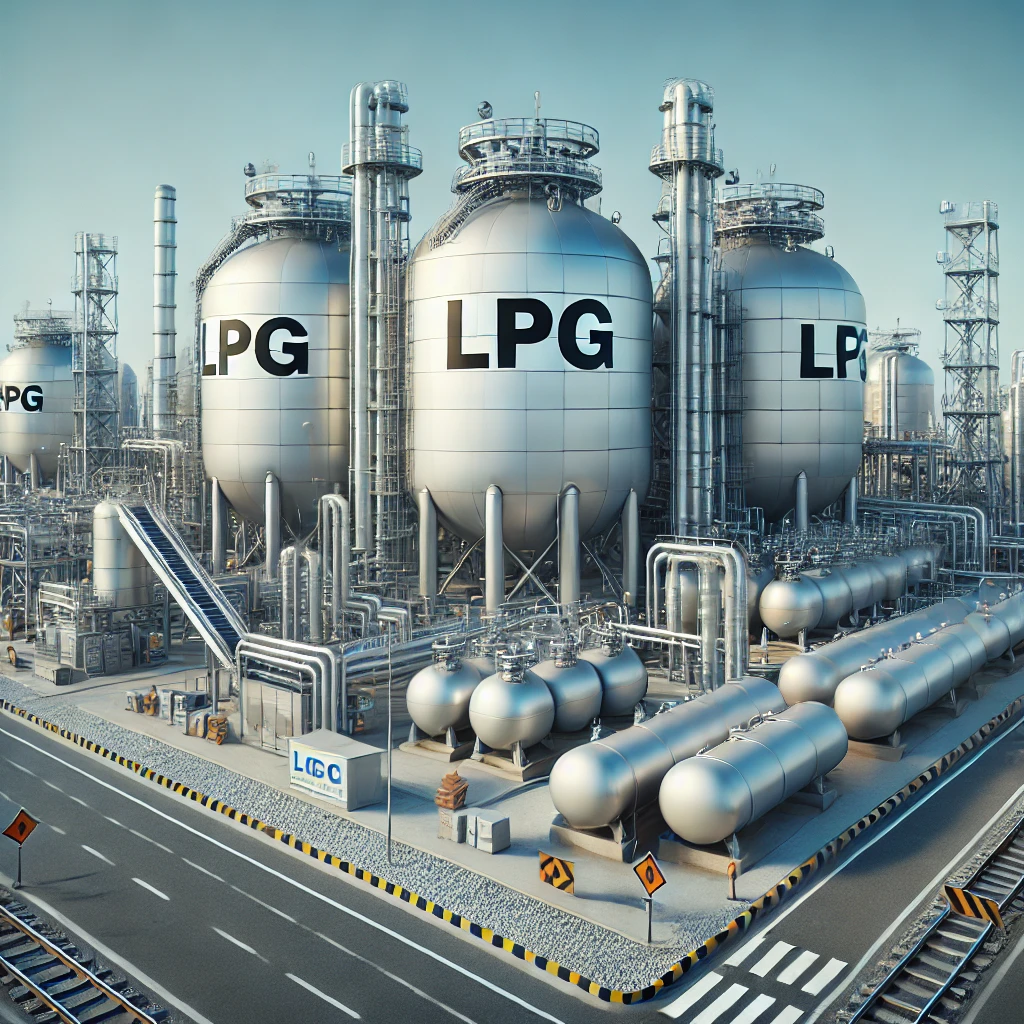liquified petroleum gas (lpg)
lpg - an alternative fuel
Liquefied petroleum gas, or LPG, refers to a flammable mixture of hydrocarbon gases, primarily propane and butane, used as fuel for heating, cooking, vehicles, and various industrial applications. Derived as a by-product of crude oil refining and natural gas processing, LPG is a versatile and widely used alternative fuel. In its liquid state, LPG is stored under moderate pressure or at low temperatures, transitioning to gas when released.

Composition and Production
LPG typically consists of propane and butane, with blends varying by region and season. In colder climates or during winter, propane-rich mixes are preferred for their lower boiling points, while summer blends often have higher butane content. About 60% of the global LPG supply is sourced from natural gas processing, with the remaining 40% from crude oil refining. It is an inevitable by-product, making it abundant and cost-effective for multiple uses.
Applications and Benefits
LPG serves as fuel for heating appliances, cooking, and vehicles, where it is often called autogas. Its clean-burning properties result in lower sulfur emissions and reduced soot production compared to other fossil fuels. LPG-powered passenger cars emit about 10% less CO2 than gasoline-powered vehicles, and while they offer no significant CO2 reduction compared to diesel, their NOx emissions are substantially lower. Additionally, LPG is used as an aerosol propellant and refrigerant, replacing chlorofluorocarbons to mitigate ozone layer damage.
Storage and Safety
LPG is stored in pressurized steel vessels filled to 80–85% capacity to accommodate thermal expansion. With a high vaporization ratio (typically 250:1), LPG is highly efficient in its liquid form. However, its heavier-than-air nature makes it prone to settling in low-lying areas, presenting risks of explosion if mixed with air and ignited, or suffocation due to oxygen displacement.
Energy Efficiency and Environmental Impact
LPG has a specific calorific value of 46.1 MJ/kg, higher than fuel oil and gasoline, but its energy density by volume is lower due to its lower relative density. Despite its clean-burning characteristics, LPG can contribute to air pollution when used extensively. However, as it does not cause soil or water contamination, it poses fewer environmental hazards compared to other fossil fuels.
Key Specifications and Standards
LPG varieties include commercial propane, HD-5 propane (for autogas), and propane/butane blends. International standards like EN 589 regulate its use as a vehicle fuel, while odorants such as ethanethiol are added for leak detection. First produced commercially in 1912, LPG now accounts for about 3% of global energy consumption, reflecting its vital role in modern energy systems.
